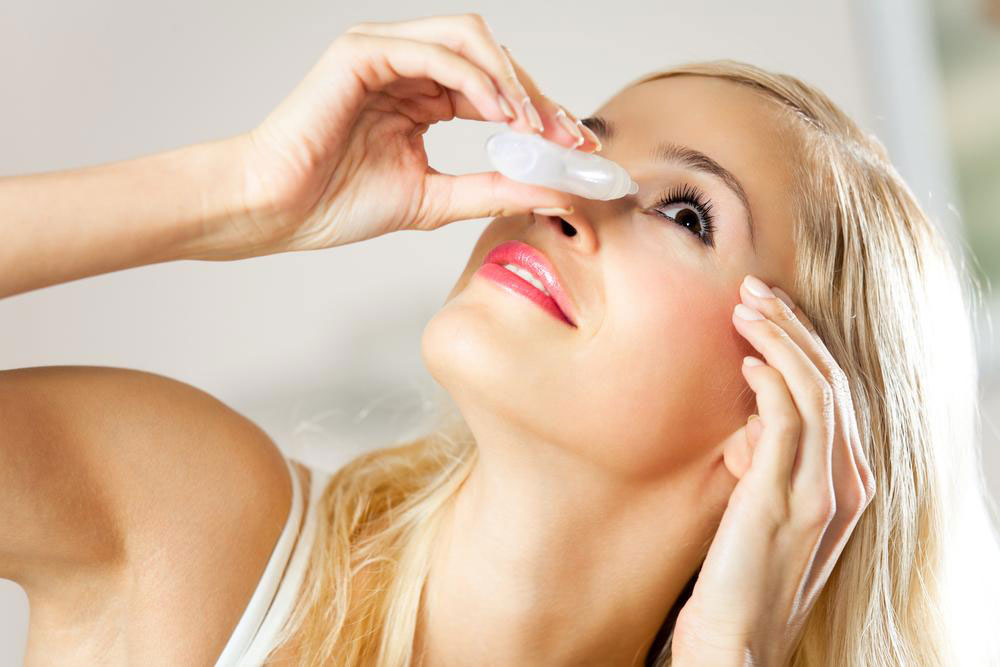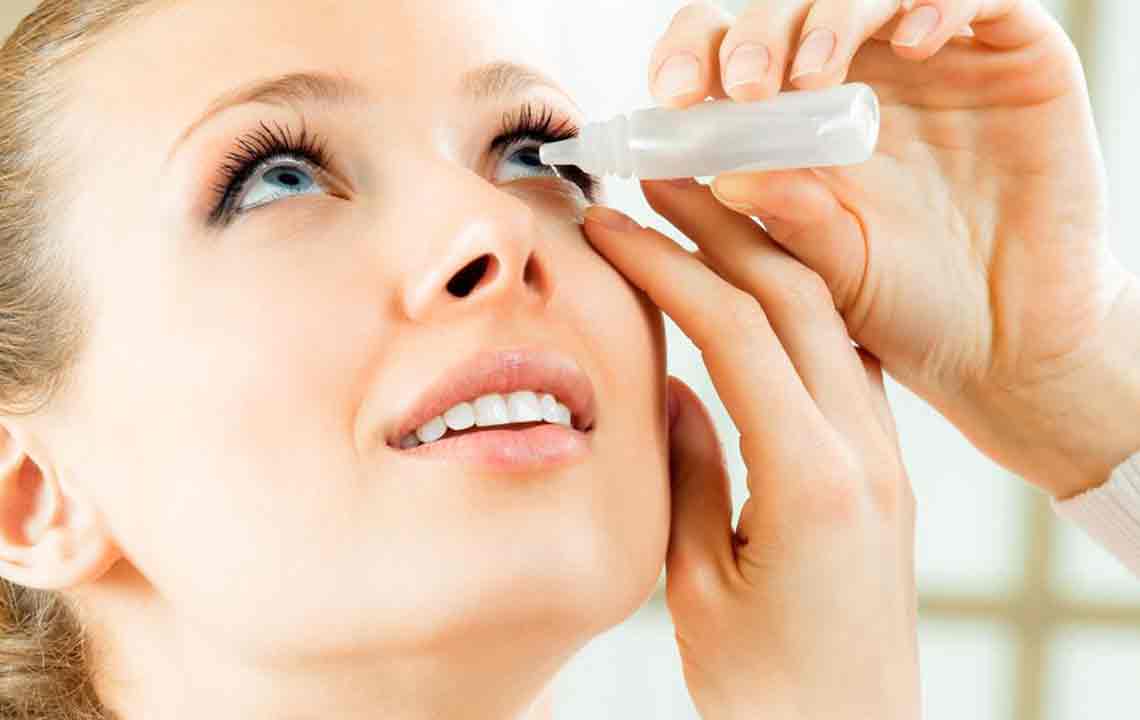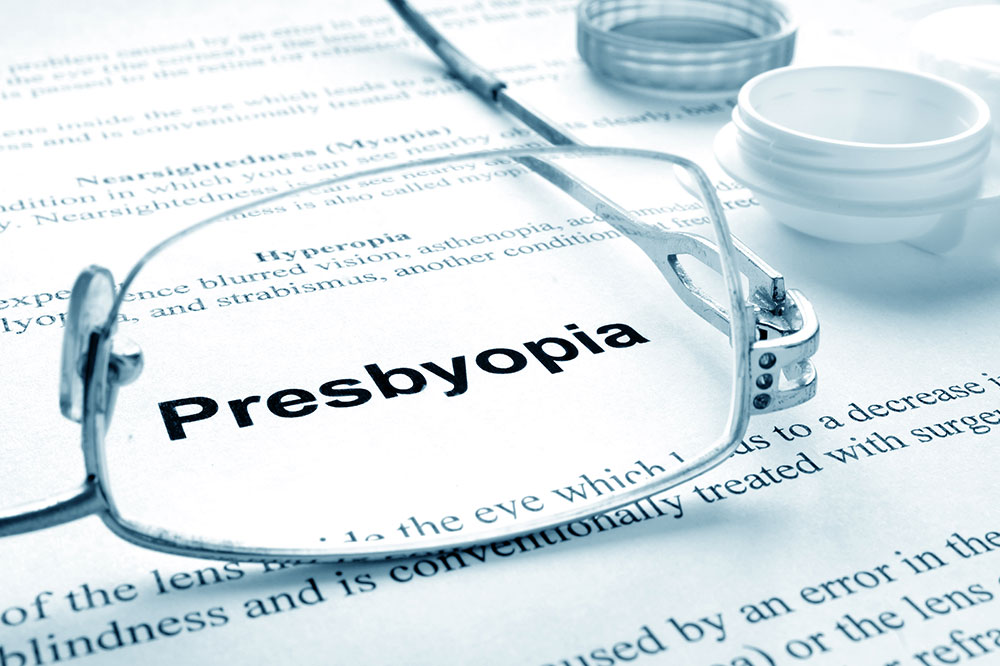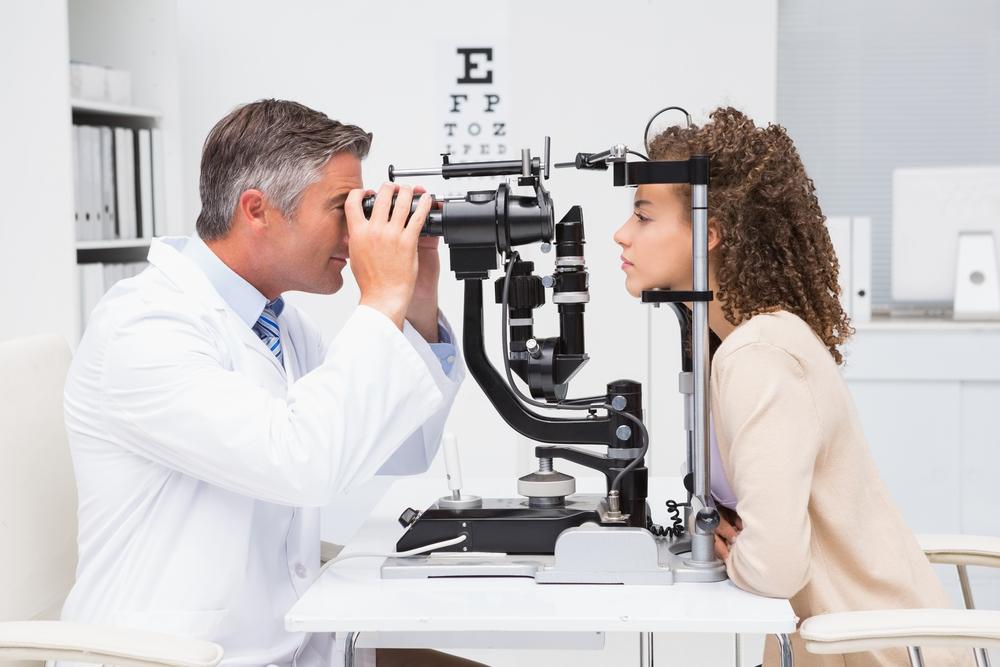Comprehensive Guide to Dry Eye Disorder: Causes, Symptoms, and Effective Treatment Strategies
Dry eye disorder affects many, caused by inadequate tear production or poor tear quality. This comprehensive guide covers causes, symptoms, and effective treatments, including lifestyle changes, dietary tips, home remedies, and medical options. Understanding these strategies helps manage dry eyes for improved comfort and eye health. Early detection and personalized care are vital for long-term relief and prevention of complications, ensuring better quality of life for those affected by this common ocular condition.

Understanding Dry Eye Disorder and Proven Management Approaches
Dry eye disease is an increasingly common ocular condition that affects millions worldwide, impacting individuals' quality of life and daily activities. Characterized by insufficient lubrication of the eyes, dry eye syndrome occurs when the eyes do not produce enough tears or when the tears evaporate too quickly. This imbalance results in discomfort, irritation, and sometimes blurred vision, making it a significant concern in modern health.
In our digital age, factors like prolonged screen time and exposure to air-conditioned environments have exacerbated the prevalence of dry eyes. Additionally, age, dietary deficiencies, hormonal changes, and underlying health issues contribute to this condition. Recognizing the causes, symptoms, and effective management strategies is crucial for those affected, as it enables them to seek appropriate treatment and adopt lifestyle modifications that can significantly improve their eye comfort and health.
Understanding the Causes and Risk Factors of Dry Eye Disease
Dry eye disease does not have a single cause but is rather the result of multiple interrelated factors. Age is a major risk factor; individuals over 50 are more susceptible due to natural changes in tear production. Women, especially post-menopause, are at higher risk because hormonal fluctuations can influence tear film stability. Moreover, certain medications—including antihistamines, decongestants, antidepressants, and hormonal treatments—can impair tear production.
Nutritional deficiencies, particularly of vitamins A and B12, are also linked to poor eye health and reduced tear quality. Autoimmune diseases such as Sjögren's syndrome, rheumatoid arthritis, and lupus can target the tear glands, leading to chronic dry eyes. Allergic conditions and chronic conjunctivitis contribute further to irritation and tear film instability. Environmental factors like exposure to wind, smoke, and air conditioning cause increased tear evaporation, aggravating symptoms even in otherwise healthy individuals.
Recognizing Symptoms of Dry Eye Syndrome
The signs and symptoms of dry eye disorder can vary from mild to severe, often affecting daily activities and comfort levels. Common symptoms include persistent redness, a feeling of dryness or grittiness, burning or stinging sensations, and blurred vision. Many individuals experience increased sensitivity to light and wind, making outdoor activities uncomfortable.
Contact lens wearers often report difficulty comfort wearing lenses. Moreover, eye fatigue, constant tearing (a paradoxical response), and the sensation of something foreign in the eye are typical indicators. Recognizing these symptoms early allows for timely intervention, reducing the risk of complications such as corneal damage or infections.
Effective Strategies for Managing Dry Eye Disease
Managing dry eye syndrome involves a combination of lifestyle modifications, dietary choices, over-the-counter remedies, and medical treatments. Mild cases can often be effectively managed with simple measures that improve eye comfort and reduce symptoms.
Over-the-Counter and Medical Treatments
Lubricating eye drops, gels, and ointments are first-line options for mild to moderate cases. These artificial tears help replenish the lost moisture and protect the eyes from further dryness. For more severe cases, ophthalmologists may prescribe prescription medications such as cyclosporine eye drops, which increase tear production by reducing inflammation, or corticosteroids to rapidly reduce inflammation.
Innovative devices like tear film-stimulation systems or punctal plugs can be considered when conservative measures fail. Punctal plugs block tear drainage channels, retaining moisture on the eye surface. Regular consultation with an eye care professional is essential to determine the best course of treatment based on individual needs.
Lifestyle and Home Remedies
Making simple lifestyle changes can significantly ease dry eye discomfort. Implementing the 20-20-20 rule—taking a 20-second break to look at something 20 feet away every 20 minutes—reduces eye strain from screens. Blinking frequently during prolonged computer work or reading helps spread tears evenly over the eye surface. Wearing wrap-around sunglasses outdoors protects the eyes from wind, dust, and harsh sunlight.
Maintaining proper eyelid hygiene is vital for preventing gland blockages that can worsen dry eyes. Gently cleaning eyelid margins with mild cleansers or prescribed wipes can prevent debris and bacteria buildup. Ensuring adequate hydration by drinking plenty of water and maintaining a balanced diet rich in omega-3 fatty acids from fish or supplements can improve tear quality. Vitamin D intake, either through sunlight exposure or supplements, is also beneficial for overall eye health.
Nutritional and Natural Remedies
Supplementing your diet with omega-3 fatty acids has been shown to support tear film stability and reduce inflammation. Foods rich in omega-3 include fatty fish such as salmon, mackerel, and sardines, or plant-based sources like flaxseeds and walnuts. Some individuals explore home remedies like applying castor oil or coconut oil to the eyelids to enhance oil layer quality, but these should only be used under medical supervision to avoid irritation.
Other natural options include aloe vera, honey, and olive oil, which possess anti-inflammatory and soothing properties. While these remedies may provide relief, they are supplementary and should not replace medical treatments or professional advice. Consulting an eye care professional before trying home or natural remedies ensures safe and effective management.
Preventive Measures and Long-Term Eye Health Maintenance
Prevention plays a crucial role in managing dry eye disease. Regular eye check-ups can detect early changes in tear production and ocular surface health. Adopting habits that protect eyes from environmental stressors—like using humidifiers in dry indoor spaces and avoiding exposure to smoke or pollutants—can prevent dryness from worsening.
Incorporating eye-friendly practices, such as adequate screen lighting and scheduling regular breaks, helps maintain ocular comfort. Wearing protective eyewear outdoors and staying hydrated are simple yet effective strategies. For those with chronic or severe dry eye disease, ongoing medical management and lifestyle adjustments are necessary for long-term relief and preservation of eye health.
Understanding dry eye disease comprehensively and adopting a personalized approach to management allows affected individuals to regain comfort and maintain their visual health. With proper care, lifestyle changes, and medical support, dry eye syndrome can be effectively controlled, significantly improving quality of life.





